Canada Day Delivery Notice
Our office will be closed on Tuesday, July 1st for Canada day. To ensure that…
Read moreTape may seem simple, but there are many nuances that come with using it to close boxes. Things like tape and surface material, packaging environment, and performance requirements are all important factors to consider when choosing and using the right tape. Our Packaging Specialists work with countless clients, constantly assessing their tape needs. As a result, we’ve developed the Tape It Right program to audit, test, and establish new tape practices that are guaranteed to increase efficiency.
If you’ve ever had questions about how to use tape effectively, we’ve got some frequently asked questions that may provide you with some answers.
This largely comes down to the application of the tape.
If you need to attach one part of a case to another with tape that will remain untouched during the shipping process, a permanent bond will provide security and theft-resistance. However, if your case may need to be opened and resealed, there are many removable tape options that will retain proper adhesion. For example, some tape products give you the ability to wrap skids for movement within a warehouse. When the tape is no longer needed, the tape can be pulled off without damaging the surface below.
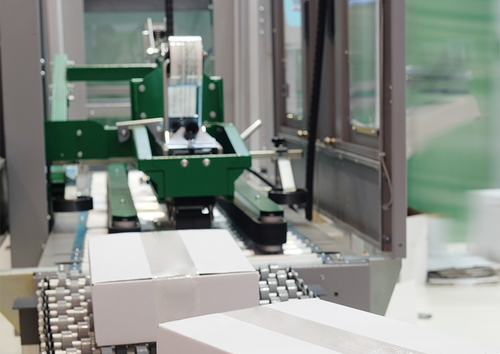
Most tapes can be applied by hand or by machine, but if the application requires automation, then the type and form of tape may change. There are a few questions you can ask to determine what type of tape you’ll need, and what application technique is best:
Are long, spool-wound rolls an option? They’ll result in less-frequent roll changes.
If you’re splicing one item to another, is there automatic equipment (flying vs. manual splice) being used?
Does the process involve carton closing manually or through equipment, and are there efficiencies to be gained by looking at various tapes?
If you don’t know the answers to these questions, or if you just aren’t sure how to interpret your responses, don’t worry. A packaging expert can assess your tape operations and craft a solution to help you make the right choice.
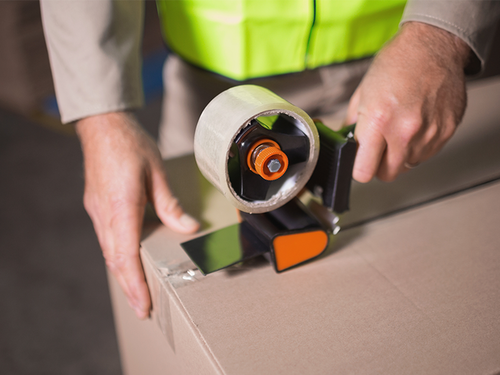
In some cases, tape can be pre-printed with information such as a company logo, government-mandated regulation information, product id, colour-coding, etc. With inkjet printing, other information like time, date, and lot number can also be printed inline on the carton closing tape. These tape features can be easily integrated with tape applicators, fully automating the entire process.
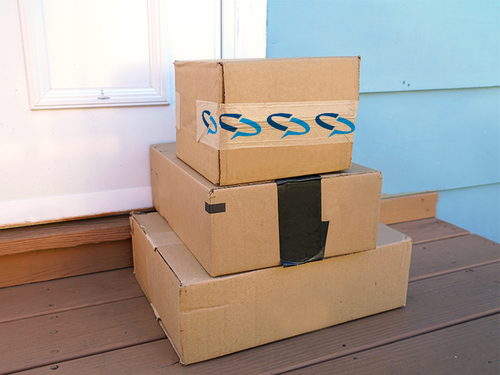
Every tape has a shelf life. That period will determine how long the tape’s effectiveness is and if the bond will hold when applied to a case. Storage is an important element to consider when buying tape. Hot, cold, dry or wet climates can dramatically impact a tape’s performance if not stored properly. Also, it’s crucial to know how long ago the tape was manufactured. If you purchase a tape manufactured over a year ago, and then proceed to store it for another year before use, then it could be far less effective than a more recently-made tape.
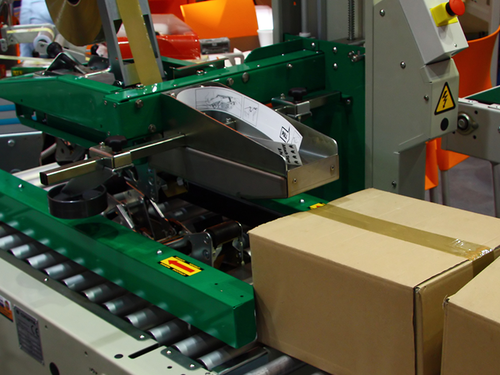
Yes, some types of tape can offer a degree of tamper-resistance. Water-activated tape can be used to close cartons with a permanent bond that reveals any tampering or attempts at opening. Some products even leave behind chemical indicators of theft. This type, once removed, leaves behind a coloured residue on the case to indicate that the product has been removed and the case has been opened.
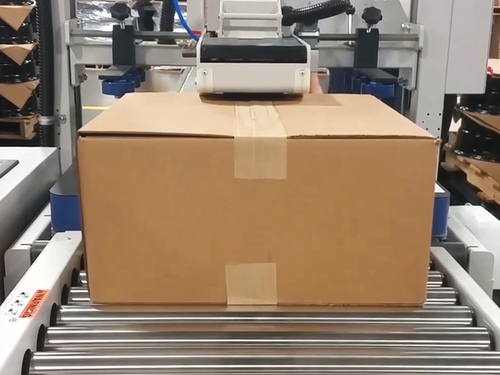
The effectiveness of a tape is determined by matching the proper product to the application. For example, you wouldn’t want a general-purpose, inexpensive masking tape being used where high heat is involved in the paint process. This is also the case when shipping products where you don’t want the door to open during transit. If a standard filament type is used rather than a specifically-designed tape, the end user could have adhesive stain and residue when the tape is removed.
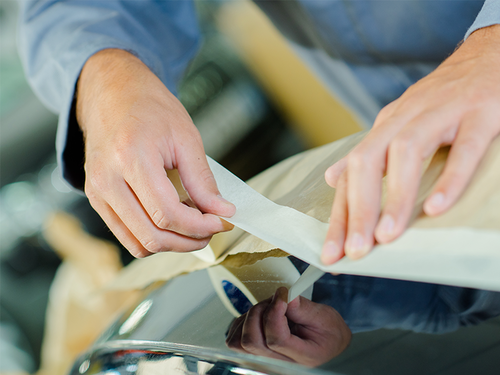
Didn’t see a solution to your problem in our list? Don’t worry — the answer is a click away. When you reach out to us, we’ll work to put you in contact with a dedicated Crawford Packaging Specialist as soon as possible. After answering your questions and assessing your operations, they’ll leverage our world-class supplier network to create a customized packaging solution to address your unique needs.
Start taping the right way — talk to a Crawford Packaging Specialist today.
Our office will be closed on Tuesday, July 1st for Canada day. To ensure that…
Read morePackaging plays a vital role in today’s fast-paced business landscape, ensuring product protection, preservation, and…
Read more